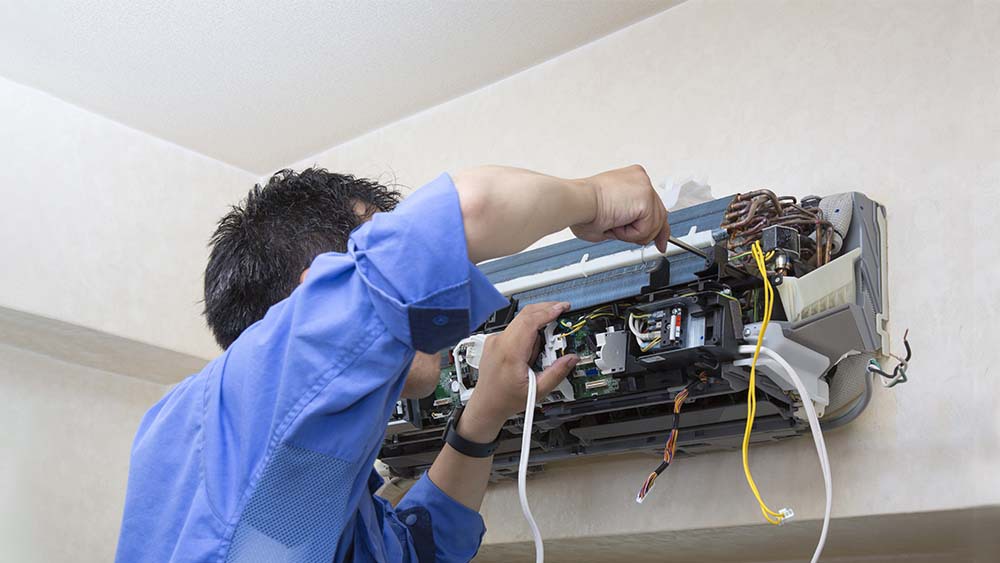In the age of innovation, smart furniture has revolutionized how we live, work, and relax. From voice-activated recliners to intelligent wardrobes that organize your clothes, technology is now woven into the very fabric of home design. As we move through 2025, the concept of a “smart home” has expanded beyond lighting and appliances — it’s redefining modern living spaces through furniture that’s both functional and futuristic.
The Evolution of Smart Furniture
Just a few years ago, furniture was primarily about design, comfort, and craftsmanship. Today, it’s equally about connectivity and convenience. The rise of smart homes, AI integration, and the Internet of Things (IoT) has given birth to furniture that interacts, adapts, and responds to its environment.
Think of sofas with built-in speakers and wireless charging ports, beds that monitor your sleep patterns, or desks that adjust height automatically based on your posture. These innovations not only enhance lifestyle but also promote wellness, energy efficiency, and productivity — key factors for the modern homeowner.
Top Smart Furniture Trends to Watch in 2025
AI-Integrated Comfort Systems
Artificial Intelligence has made its way into our furniture in surprising ways. In 2025, many premium brands are offering AI-driven recliners and beds that analyze user habits and preferences. For instance, a smart recliner might adjust its angle and temperature according to your body’s comfort level, while an AI-enabled mattress tracks sleep quality and suggests improvements.
This level of personalization transforms everyday furniture into intelligent companions that enhance health and relaxation.
Multi-Functional Modular Designs
With urban living spaces getting smaller, homeowners are turning to modular smart furniture that maximizes utility without compromising on style. Imagine a coffee table that converts into a workstation or a sofa that transforms into a guest bed with a simple voice command.
These adaptable designs save space, encourage minimalism, and make smart living accessible even in compact apartments.
Wireless Charging and Connectivity Built-In
As devices continue to dominate our lives, the demand for wireless charging furniture has skyrocketed. From nightstands with built-in USB hubs to dining tables that double as charging stations, smart furniture ensures that power is always within reach.
In 2025, manufacturers are even integrating Bluetooth speakers, touch-screen controls, and smart assistants directly into furniture designs, creating seamless connectivity across the home.
Smart Desks and Work-from-Home Innovations
The remote work revolution has permanently changed home design priorities. Smart desks are leading this evolution, offering features like automatic height adjustment, digital reminders, and ergonomic posture tracking.
Some advanced models include ambient lighting that adapts to the time of day and temperature-controlled surfaces for ultimate comfort. These innovations enhance focus, productivity, and wellness for those who work or study from home.
Sustainable Smart Furniture
Sustainability is no longer optional — it’s essential. The latest trend merges eco-friendly materials with smart design.
Brands are producing energy-efficient furniture made from bamboo, recycled plastic, and reclaimed wood, combined with intelligent power-saving technology. Solar-powered desks, self-cleaning upholstery, and smart lighting furniture are examples of how innovation and sustainability now go hand-in-hand.
How Smart Furniture Enhances Modern Living
Smart furniture isn’t just about luxury — it’s about making life simpler and more efficient. Here’s how it’s changing modern homes:
Convenience: With automation and remote control, users can adjust lighting, temperature, and comfort settings without moving an inch.
Health & Wellness: Posture-correcting chairs and sleep-tracking beds promote healthier lifestyles.
Energy Efficiency: Smart power management reduces electricity use, aligning with sustainable living goals.
Customization: Every element — from ambiance to ergonomics — can be tailored to personal preferences.
Essentially, smart furniture transforms a home into an ecosystem where every element communicates to create harmony, comfort, and efficiency.
Challenges in Adopting Smart Furniture
While the benefits are vast, a few challenges still exist. High initial costs, compatibility issues, and data privacy concerns can discourage some consumers. However, as technology becomes more affordable and standardized, adoption rates are expected to soar.
Leading furniture suppliers are now focusing on user-friendly designs that integrate easily with smart home systems like Alexa, Google Home, and Apple HomeKit — making setup simpler and safer.
The Future of Smart Furniture
Looking ahead, the future of smart furniture is both exciting and limitless. Imagine a home where your bed warms up before you sleep, your sofa adjusts to your body posture automatically, or your kitchen table suggests recipes based on what’s in your fridge.
As AI, robotics, and IoT continue to evolve, our furniture will become more than just objects — they’ll be interactive lifestyle partners.
Conclusion
The furniture Dubai industry in 2025 stands at the crossroads of technology and design innovation. Smart furniture has moved beyond being a novelty — it’s now a necessity for modern living. It combines comfort, efficiency, sustainability, and intelligence, redefining how we experience our homes.
Whether it’s a smart recliner that adapts to your mood or a desk that boosts your productivity, technology is making our living spaces more intuitive than ever. As innovation continues, one thing is certain — smart furniture is not the future; it’s the present of modern living.





